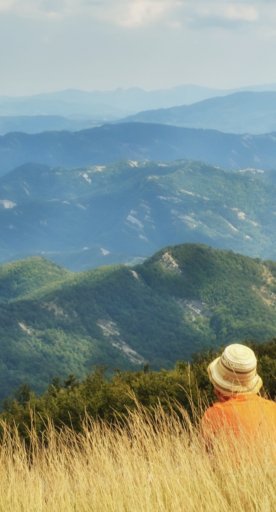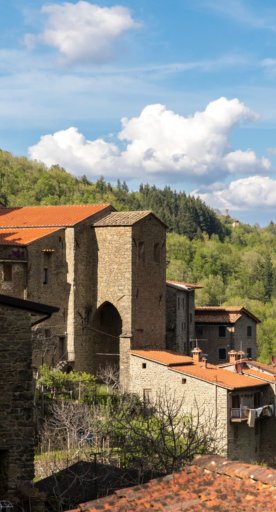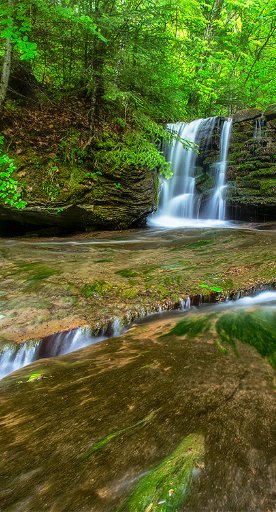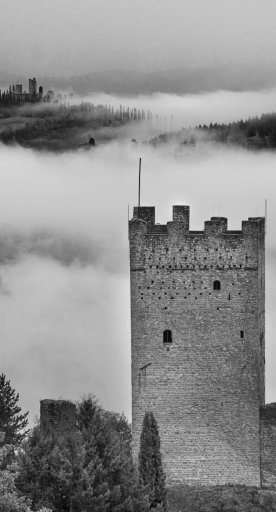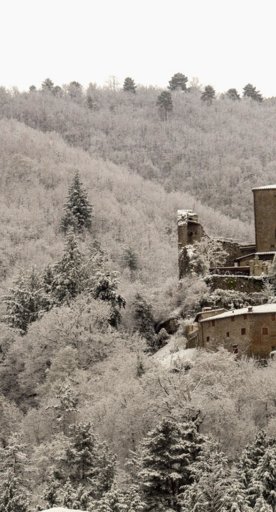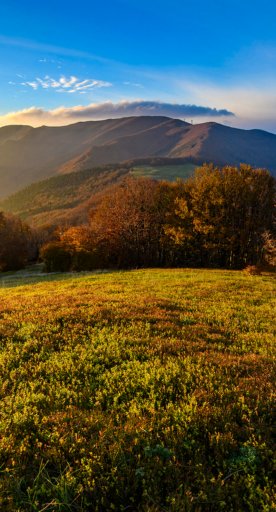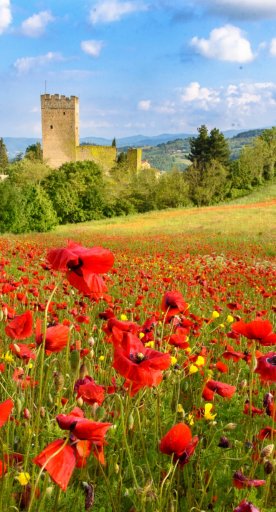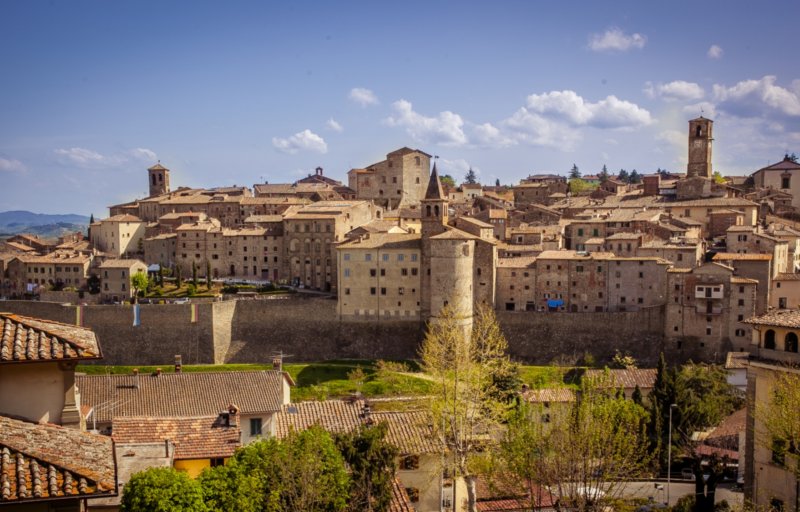Ortignano Raggiolo was founded when two towns, Ortignano and Raggiolo, joined together in 1873 after centuries of contrasting dominions, and is completely surrounded by chestnut forests. Ortignano was mentioned for the first time in 1247 and the name derives from the Roman person Hortinius, while Raggiolo was initially noted in 967 as Ragiola and comes from the Latin radius, that is, “border line”.
The history of this town dates to the 13th century, when the settlement was under the jurisdiction of the Guidi Counts from Poppi, one of the most powerful feudal dynasties and supporters of the Germanic empire. In the 14th century, the territory passed into the hands of the bishopric of Arezzo, where it remained until 1349, when it was taken over by Florence.


